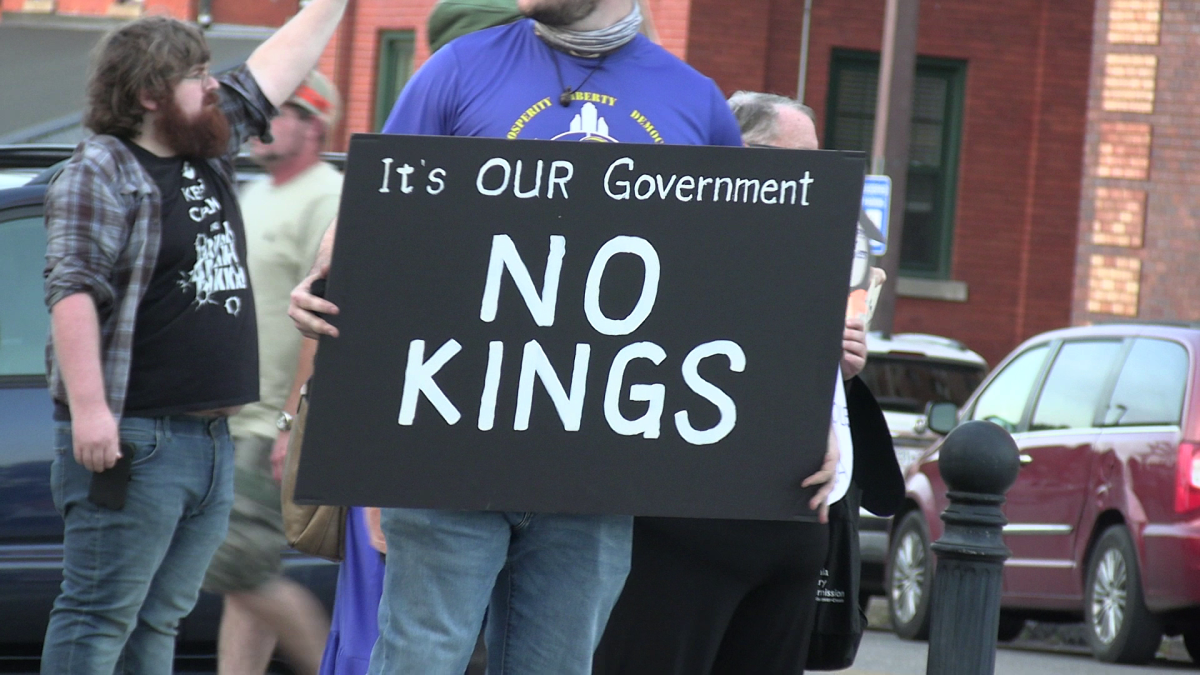Editorial: Trump is squandering his chance to solve the country’s opioid crisis
October 26, 2017
President Donald Trump announced Thursday he will direct his Department of Health and Human Services to declare the opioid crisis a “public health emergency,” a move that falls short of the president’s repeated pledge to label the crisis a “national emergency.”
The public health emergency will last 90 days, with the potential to be renewed every 90 days until the president finds it is no longer needed. While this is a step in the right direction and the president does deserve some praise for being proactive on the issue of opioids, it pales in comparison to the potential impact declaring the crisis a national state of emergency could have.
Under a national state of emergency, federal authorities would have the ability to direct funds from FEMA’s disaster fund— which currently has around $4.28 billion, according to ABC News — toward the opioid crisis. A governor of a state suffering from the crisis needs only to request the federal dollars required to address their state’s opioid abuse problem.
A national emergency is traditionally reserved for natural disasters and terrorist attacks, according to ABC News, but a July report from the president’s Commission on Combating Drug Addiction and the Opioid Crisis suggested the opioid crisis was an exception to the rule.
“Your declaration would empower your cabinet to take bold steps and would force Congress to focus on funding and empowering the executive branch even further to deal with this loss of life,” the commission’s report said. “It would also awaken every American to this simple fact: if this courage has not found you or your family yet, without bold action by everyone, it soon will.”
The commission also called for additional actions, such as mandatory education for doctors and the suspension of a longstanding provision in the Social Security Act that prevents Medicaid funds from being used for inpatient substance abuse treatment. The commission said the latter would be “the single fastest way to increase treatment availability across the state.”
Merely declaring the opioid crisis a public health emergency isn’t the bold action the commission was calling for, and it certainly isn’t the bold action required to solve an issue that killed more than 33,000 people in 2015, according to the Centers for Disease Control and Prevention.
A public health emergency is far more limited in scope than a national emergency. According to Vox, it permits federal HIV funds to also be directed toward the opioid crisis, allows staff from the Department of Health and Human Services to manage the crisis and grants patients access to medication-assisted treatment for opioid addiction, which utilizes prescription medications like buprenorphine and methadone to curb addiction-related cravings.
In terms of funding, a public health emergency allows the Department of Health and Human Services to draw from the Public Health Emergency fund, which USA Today reported has around $57,000, a meager amount that won’t even scrape the surface of what’s required for the crisis. To put the inefficiency of this number in scope, a study by the National Center for Biotechnology Information estimates the total economic burden associated with the opioid crisis to be around $78.5 billion. The Trump administration has said it will be working with Congress to replenish the fund in the coming weeks, according to CNN, but it’s doubtful the funding will near the level required.
For a president who requires some sort of victory after several legislative failures, the opioid crisis is an issue that Trump has unbridled power and bipartisan support to tackle. Declaring the opioid crisis a public health emergency may be a sufficient start, but those waiting for a solution to the problem may want to stick around, because this, in all likelihood, isn’t it.














